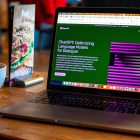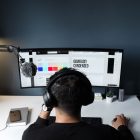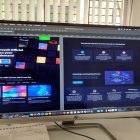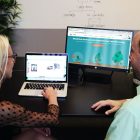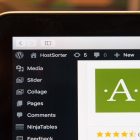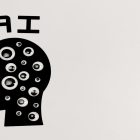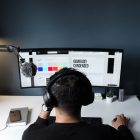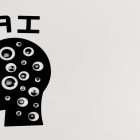How to become an UX Designer? A Step-by-Step Guide
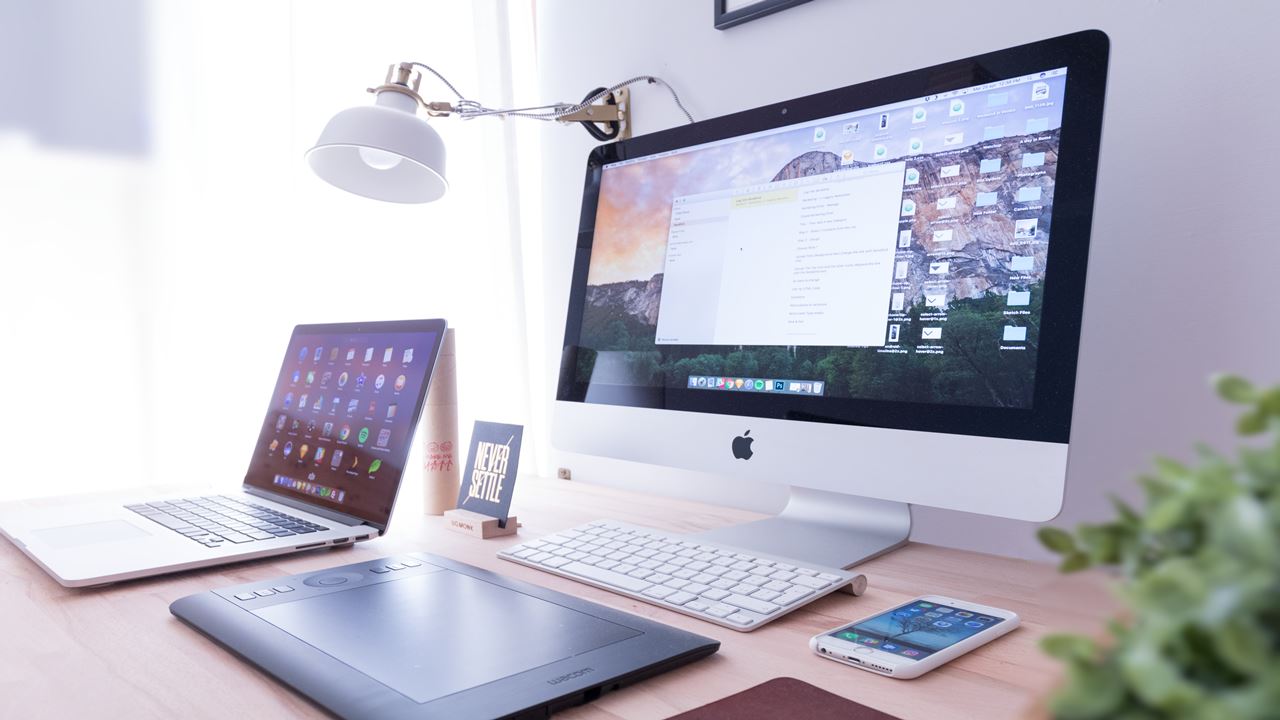
Are you interested in becoming an UX designer, but don’t know where to start? In this article, we will discuss the steps you can take to become a successful UX designer, including education, skills, and practical experience.
What is UX Design?
User experience (UX) design is the process of creating products or services that are easy to use, intuitive, and enjoyable for users. UX designers work on everything from website design to mobile applications and software interfaces.
What does a UX Designer Do?
UX designers are responsible for designing and improving the user experience of a product or service. They work closely with developers, project managers, and other stakeholders to ensure that the design meets the needs of the user.
How to Become a UX Designer?
If you want to become a UX designer, here are the steps you can take:
Step 1: Get Educated
While there are no formal education requirements for UX design, many employers prefer candidates with a bachelor’s degree in graphic design, psychology, computer science, or a related field.
However, there are many online courses and boot camps that can help you learn the necessary skills. Some of the most popular UX design courses include:
- UX Design Course by Springboard
- UX Design Course by General Assembly
- The Complete UX Design Course by Udemy
- UX Fundamentals by Nielsen Norman Group
Step 2: Build Your Skills
In addition to formal education, there are certain skills that are essential for UX designers. These include:
- Design software: UX designers should be proficient in design software such as Adobe Creative Suite, Sketch, or Figma.
- Research and analysis: UX designers need to be able to conduct user research and analyze data to inform their designs.
- Prototyping: UX designers should be able to create wireframes, mockups, and prototypes to test their designs.
- Collaboration: UX designers need to be able to work collaboratively with developers, project managers, and other stakeholders.
Step 3: Gain Practical Experience
The best way to gain practical experience in UX design is to work on real-world projects. You can gain experience by:
- Freelancing: Many small businesses and startups are in need of UX designers, and freelancing can be a great way to gain experience and build your portfolio.
- Internships: Interning at a UX design firm or tech company can provide valuable experience and connections in the industry.
- Personal projects: Designing your own website or app can be a great way to showcase your skills and build your portfolio.
Step 4: Build Your Portfolio
Your portfolio is an essential tool for showcasing your skills and experience to potential employers. Make sure your portfolio includes:
- A variety of projects: Include a variety of projects that demonstrate your range as a UX designer.
- Your process: Include information about your design process, including user research, prototyping, and testing.
- Your results: Include metrics or other evidence that demonstrate the effectiveness of your designs.
FAQs
1. Do I need a degree to become a UX designer?
While a degree is not strictly necessary, many employers prefer candidates with a bachelor’s degree in a related field.
2. What skills do I need to become a UX designer?
Essential skills for UX designers include design software, research and analysis, prototyping, and collaboration.
3. How can I gain practical experience in UX design?
You can gain practical experience by freelancing, interning, or working on personal projects.
4. What should I include in my portfolio?
Your portfolio should include a variety of projects that demonstrate your skills, your design process, and the effectiveness of your designs.
5. How important is user research in UX design?
User research is a crucial component of UX design. It helps designers understand the needs and behaviors of users, which can inform their design decisions and improve the user experience.
6. What are some common UX design tools?
Some common UX design tools include design software (Adobe Creative Suite, Sketch, Figma), prototyping tools (InVision, Axure), and user research tools (UserTesting, Hotjar).
Conclusion
Becoming a UX designer takes time, effort, and dedication, but it can be a rewarding career with opportunities for growth and advancement. By getting educated, building your skills, gaining practical experience, and building your portfolio, you can position yourself as a strong candidate for UX design positions.
Remember, UX design is all about creating products and services that are easy to use, intuitive, and enjoyable for users. If you’re passionate about creating great user experiences, UX design might be the perfect career for you.
So what are you waiting for? Start learning, start designing, and start building your future in UX design.
How to Become a UX Designer? A Step-by-Step Guide – Summary
- UX design is the process of creating products or services that are easy to use, intuitive, and enjoyable for users.
- To become a UX designer, you should get educated, build your skills, gain practical experience, and build your portfolio.
- Essential skills for UX designers include design software, research and analysis, prototyping, and collaboration.
- Practical experience can be gained through freelancing, internships, and personal projects.
- Your portfolio should showcase a variety of projects that demonstrate your skills, your design process, and the effectiveness of your designs.
- User research is a crucial component of UX design.
- Common UX design tools include design software, prototyping tools, and user research tools.


